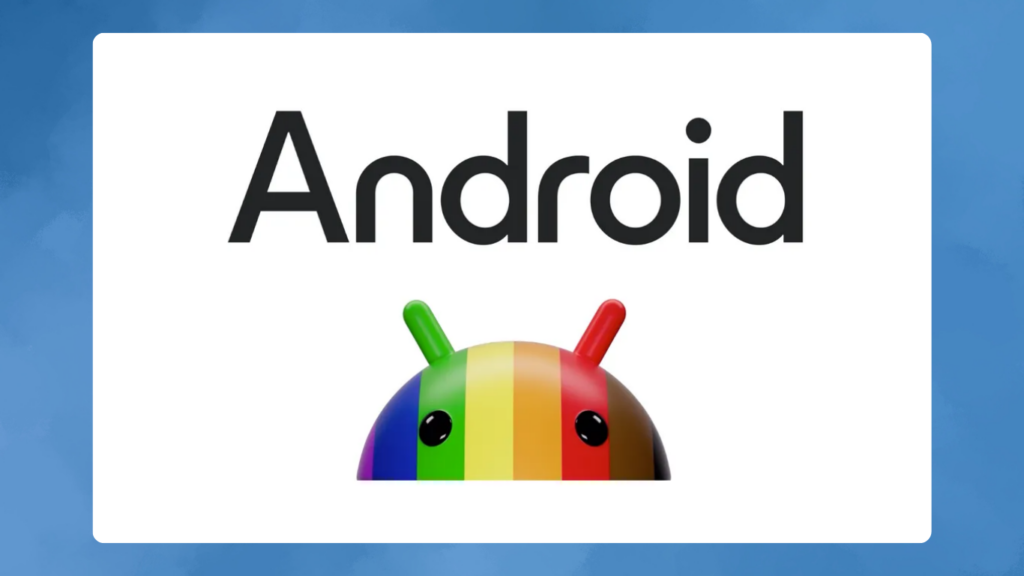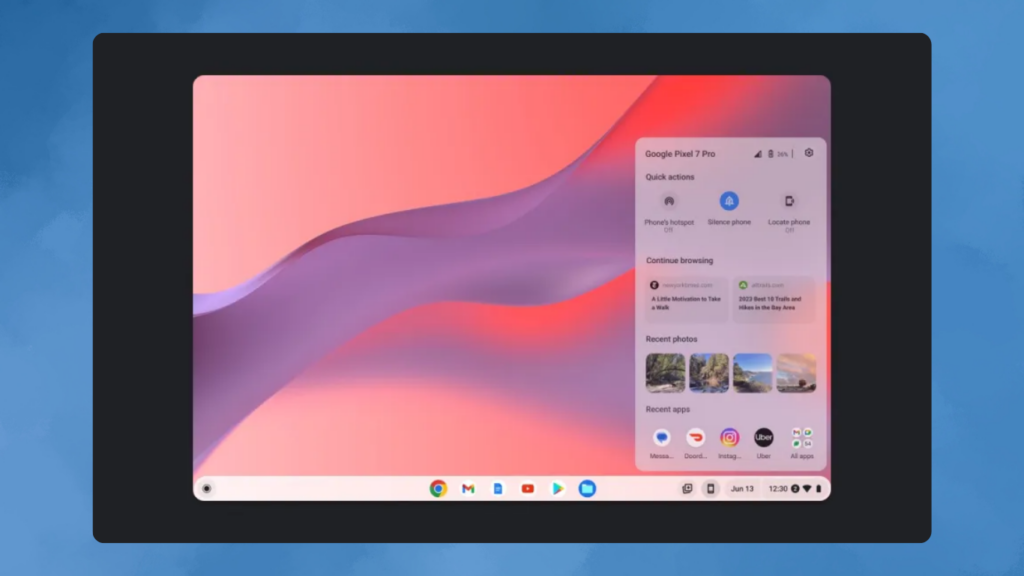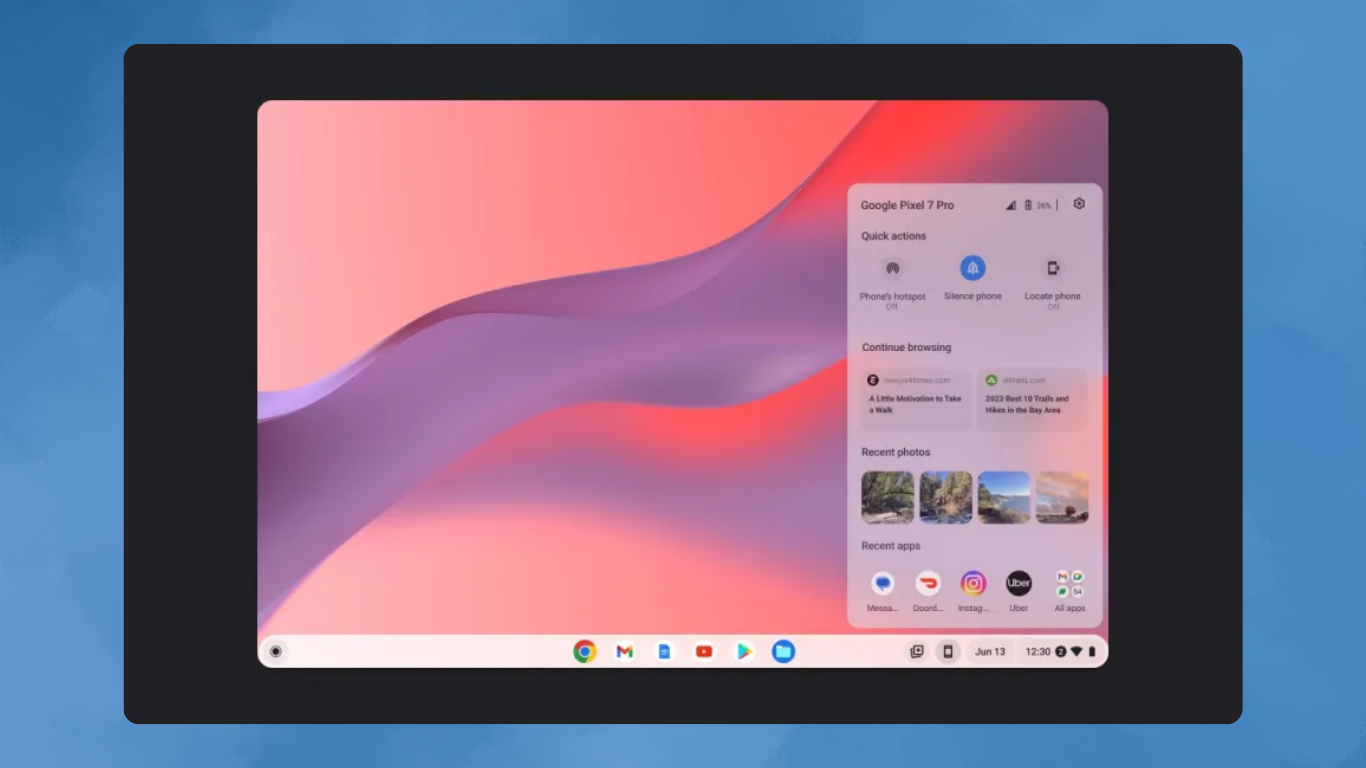One of Android’s greatest strengths is the freedom it offers users to choose from a wide variety of devices. If Google’s Pixel phones aren’t your preference, you can go for a Samsung, OnePlus, Nokia, or any other brand that suits your needs. However, this flexibility often comes with a downside—limited cross-device functionality. Unlike Apple’s closed ecosystem, which ensures seamless integration across its devices, Android users frequently face challenges when trying to connect devices from different manufacturers.

Introducing Call Casting and Internet Sharing
To address this, Google has rolled out “Cross-Device Services,” aiming to allow compatible Android devices from various manufacturers to share data and features seamlessly. Imagine starting a video call on your Samsung Galaxy phone and continuing it on your Pixel tablet, or automatically connecting your tablet to your phone’s hotspot. The initial rollout includes two main features: call casting and internet sharing.
Call casting lets you transfer calls between devices, similar to moving a FaceTime call from an iPhone to a Mac. Internet sharing allows you to automatically connect your Chromebook or Android tablet to your phone’s hotspot. However, there are some limitations. While call casting works across devices from different manufacturers, internet sharing does not currently support Samsung devices. Google hasn’t provided a specific reason for this limitation. If you have both Samsung and Pixel devices, you’ll need to use the auto-hotspot feature for internet sharing.
How to Enable Cross-Device Services

Getting started with Cross-Device Services requires that all your devices are logged into the same Google Account. Additionally, each device must be running Android 11 or later, and Bluetooth must be enabled.
Here’s how to set it up:
- Open Settings on each device.
- Navigate to Google > Devices & sharing > Cross-device services.
- On the “Set up cross-device services” screen, tap Next.
- Create your “device group” for cross-device services. This screen will display all eligible Android devices linked to your Google Account. Add the devices you want to include in the group and tap OK.
- Once added, you can control Cross-Device Services settings, including toggles for call casting, internet sharing, and other cross-device functionalities.
The Advantages of Cross-Device Services
The launch of Cross-Device Services marks a significant advancement for Android users, providing a more integrated and cohesive experience across different devices. By eliminating the barriers between devices from various manufacturers, Google is enhancing the overall usability and flexibility of the Android ecosystem.
Looking Ahead
As Google continues to develop Cross-Device Services, more features will be added. These new functionalities will appear in the Cross-Device Services settings menu, allowing you to manage and utilize them as they become available.
Whether you’re a longtime Android user or new to the platform, Cross-Device Services offer exciting possibilities for improved connectivity and convenience. Stay tuned for updates and new features as Google continues to expand this innovative initiative.

Subtly charming pop culture geek. Amateur analyst. Freelance tv buff. Coffee lover
